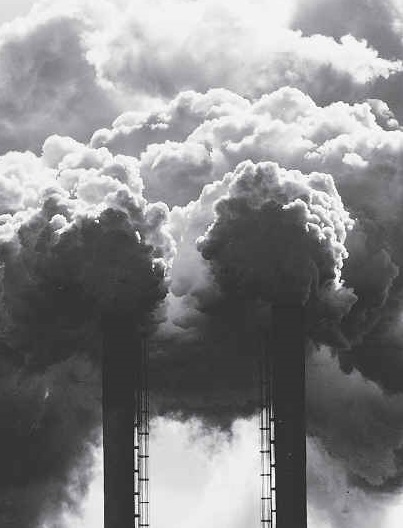Pollution costs top war
 Air pollution appears to shorten people's lives more that wars, malaria, HIV/AIDS and smoking.
Air pollution appears to shorten people's lives more that wars, malaria, HIV/AIDS and smoking.
Air pollution is now considered the leading cause of shortened life spans, according to international scientists.
New findings by European researchers suggest the world is facing an air pollution “pandemic”.
Using a new method of modelling the effects of various sources of air pollution on death rates, the researchers estimated that global air pollution caused an extra 8.8 million premature deaths a year in 2015.
This represents an average shortening of life expectancy of nearly three years worldwide.
In comparison, tobacco smoking shortens life expectancy by an average of 2.2 years (7.2 million deaths), HIV/AIDS by 0.7 years (1 million deaths), diseases like malaria that are carried by parasites or insects such as mosquitoes, ticks and fleas by 0.6 years (600,000 deaths), and all forms of violence (including deaths in wars) by 0.3 years (530,000 deaths).
The researchers looked at the effect of air pollution on six categories of disease: lower respiratory tract infection, chronic obstructive pulmonary disease, lung cancer, heart disease, cerebrovascular disease leading to stroke, and other, non-communicable diseases, which include conditions such as high blood pressure and diabetes.
They found that cardiovascular diseases (heart disease and cerebrovascular disease combined) are responsible for the greatest proportion of shortened lives from air pollution: 43 per cent of the loss in life expectancy worldwide.
They also found that air pollution had a greater effect on shortening lives in older people, with the exception of deaths in children aged under five in low income countries, such as Africa and South Asia.
Globally, about 75 per cent of deaths attributed to air pollution occur in people aged over 60 years.
The researchers estimate that if air pollution was reduced by removing fossil fuel emissions, the average life expectancy worldwide would increase by just over a year, and by nearly two years if all human-made emissions were removed.
However, there are large differences between regions due to the diversity in emissions.
In East Asia, which has the highest loss of life expectancy due to avoidable air pollution, three of the average of four years of lost life expectancy could be prevented by the removal of human-made emissions; whereas in Africa, where population growth is rapid and pollution from dust predominates, only 0.7 of 3.1 years lost could be prevented.
In Europe, there is an average of 2.2 years of lost life expectancy, 1.7 of which could be prevented, and in North America there is an average of 1.4 years of lost life expectancy, of which 1.1 could be prevented, mostly by phasing out fossil fuels.








 Print
Print